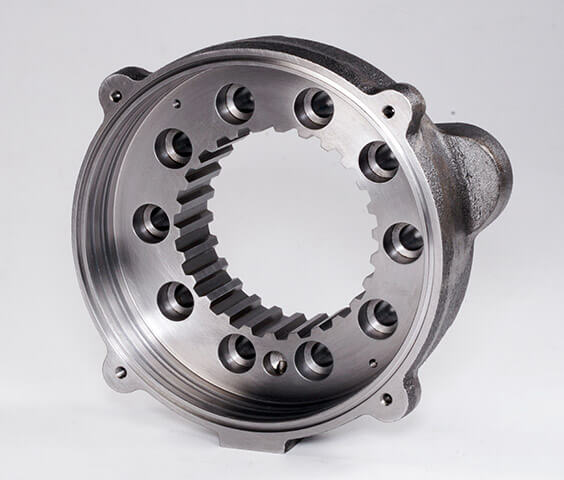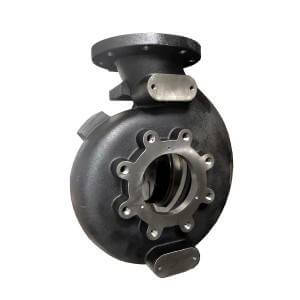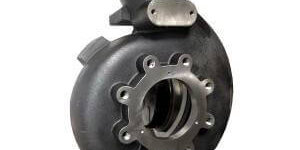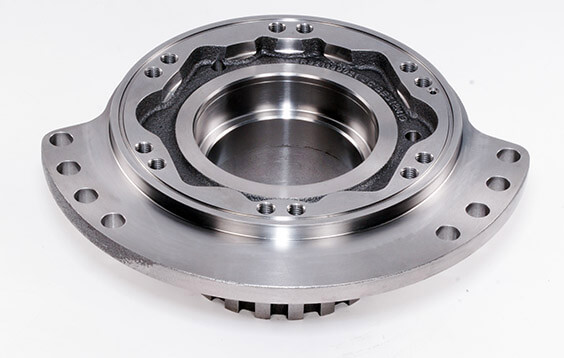The pumps and valves produced by Hengke Metal are of high quality and strong durability.
Contents
Why Choose Precision Casting
Our Hydraulic Equipment Casting Services

Stainless steel casting is a manufacturing process in which liquid stainless steel is poured into a mold and allowed to solidify into the desired shape. A stainless steel casting foundry is a specialized facility that produces castings made from stainless steel.
Stainless steel casting foundries use a variety of methods to produce high-quality castings, including investment casting, sand casting and die casting. These methods allow for the creation of complex shapes and precise details, making stainless steel castings a popular choice for a wide range of industrial applications.
One of the main advantages of stainless steel casting is its resistance to corrosion, making it a popular choice for parts used in harsh environments. Stainless steel is also known for its strength, durability, and ability to withstand high temperatures, making it ideal for applications in the aerospace, automotive, and construction industries.
Stainless steel casting foundries typically work with a variety of industries, including aerospace, defense, medical, and energy. They are often equipped with state-of-the-art technology, including computer-aided design (CAD) and computer-aided manufacturing (CAM) software, which allows them to produce highly precise castings to meet their customers’ exact specifications.
In addition to producing high-quality castings, stainless steel casting foundries also provide services such as machining, heat treatment, and surface finishing. These services can help customers further customize their products and ensure that they meet the required performance standards.
Overall, stainless steel casting foundries play a critical role in the manufacturing industry, providing high-quality castings that are essential for a wide range of industrial applications.

Hydraulic equipment casting refers to the process of creating hydraulic equipment components, such as pumps, valves, and cylinders, by pouring molten metal into a mold or pattern. This process is also known as foundry casting or sand casting.
The first step in hydraulic equipment casting is to create a pattern or mold of the component. This can be done using a variety of materials, including wood, plastic, or metal. Once the pattern is complete, it is used to create a sand mold. The sand mold is made by packing sand around the pattern and then removing the pattern to leave a cavity in the sand that is the exact shape of the desired component.
Next, the molten metal is poured into the sand mold. The metal is typically heated in a furnace and then transported to the mold using a ladle or other pouring device. The metal is poured into the mold through a gating system, which consists of channels and gates that control the flow of the metal and prevent it from solidifying before it fills the entire cavity.
After the metal has been poured, it is allowed to cool and solidify. The sand mold is then broken apart to reveal the casting. The casting may require additional finishing work, such as grinding, polishing, or machining, to achieve the desired shape and surface finish.
Hydraulic equipment casting is a versatile and cost-effective method of manufacturing hydraulic components. It can be used to create complex shapes and can accommodate a wide range of metals, including iron, steel, aluminum, and copper. However, it is important to ensure that the casting process is carried out with precision to ensure that the final product meets the required specifications for strength, durability, and performance.



